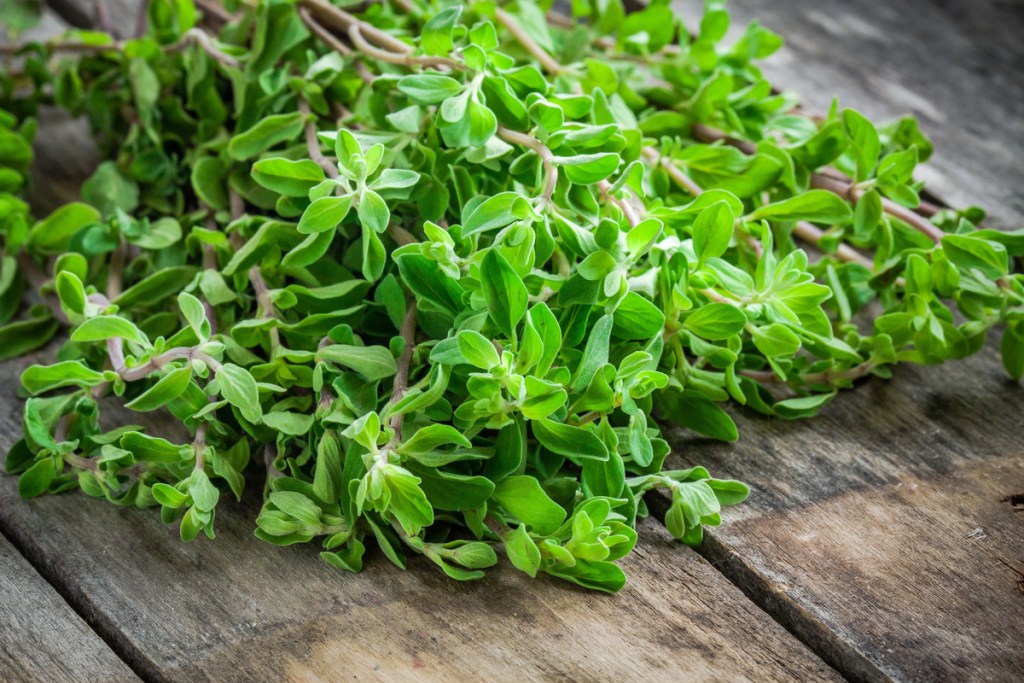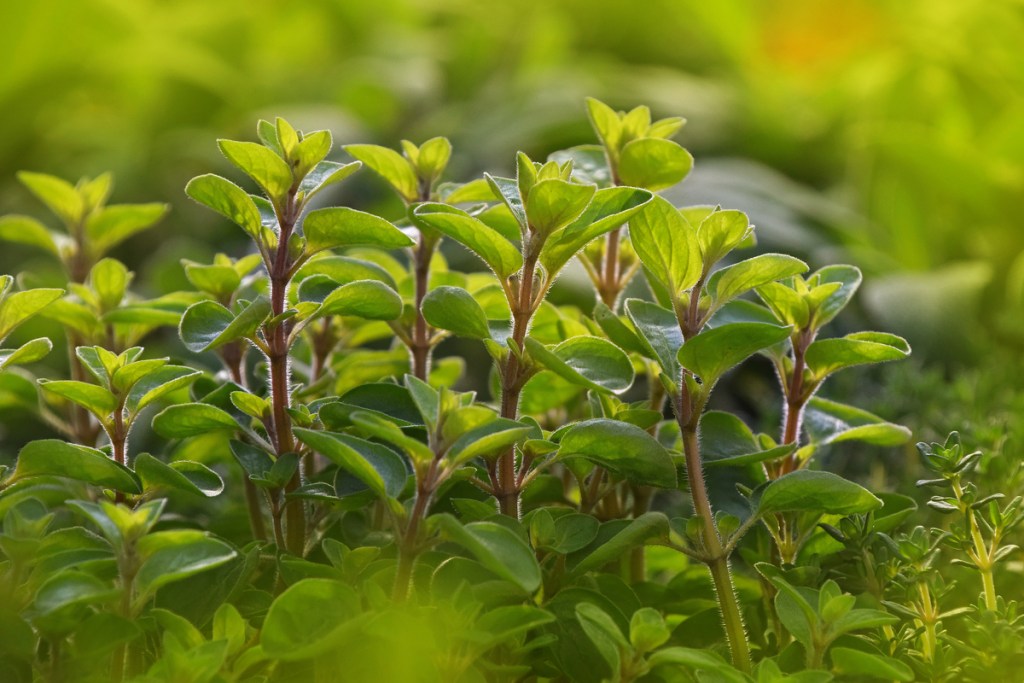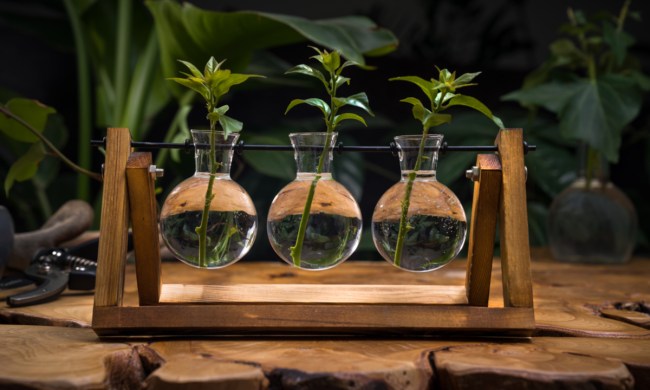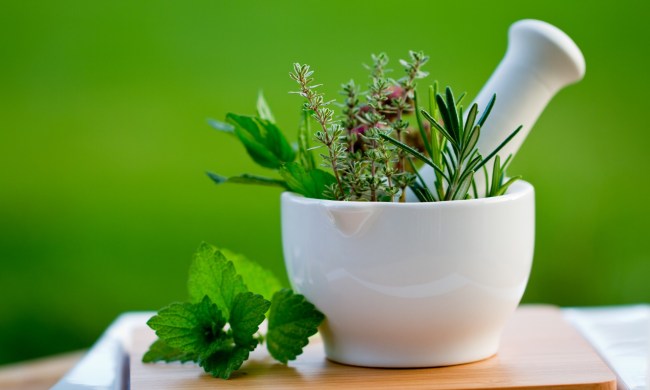Over the spring and summer, you might notice a whole new assortment of seeds and herbs at your local garden center. Although not quite as common as your basil and mint varieties, marjoram is one of the easiest herbs to grow in a kitchen garden. Long used as a home remedy for ailments affecting the digestive and nervous systems, it features a sweet, earthy flavor reminiscent of oregano. Here’s everything you need to know about this versatile, culinary herb, from its potential benefits to its care requirements.

Benefits of marjoram
While a delicious culinary herb all on its own, marjoram has also long been a home remedy for many different ailments as a tea or extract. Research shows that some compounds in marjoram have antioxidant properties to protect against cellular damage caused by free radicals, as well as anti-inflammatory benefits that can lower risks of diseases like diabetes. Plus, it’s commonly used to help with digestive issues like stomach ulcers and foodborne illnesses. Marjoram may help with conditions such as depression and anxiety as well. Aromatherapists often use marjoram oil as a folk remedy for conditions such as headaches and nervousness.
How to plant marjoram
The easiest way to grow marjoram is by potting up a few plant cells from your local nursery or by asking a friend to divide their plant by the root to give you a cutting. Starting marjoram from seed can be tricky since they’re slow to germinate, but it’s not altogether impossible. If you plan on eventually keeping your marjoram in the garden, start your seeds indoors in early spring — that is, one or two months before the final frost. Don’t forget to soak your seeds overnight to expedite the germination process, which can take around a week or two. Then, place your seeds in a potting mix, sprinkle a little soil over them, and water thoroughly — you can use seed-starting cells or plant your seeds directly into your container. As your marjoram seedlings grow, they’ll appreciate bright light and evenly moist, well-draining soil. After 40 to 45 days, your marjoram should be ready for harvest!

How to care for marjoram
Growing marjoram indoors is relatively easy as long as you give it light and don’t overwater it. Room temperature is perfect for marjoram, as a range between 65 to 75 degrees Fahrenheit is ideal for this plant. You’ll want to keep your plant in a loose, well-draining potting mix. Marjoram is quite drought tolerant and prefers drier conditions, so you want to water it only roughly every week or whenever the soil feels dry to the touch. To prevent overwatering, keep your indoor marjoram plant in a terracotta pot, which will be more forgiving if you accidentally overwater. In addition to tolerating drier conditions, marjoram isn’t a heavy feeder. If you want, you can feed it once a month with a specialized liquid fertilizer for herbs.
Marjoram will do better with more light, so if it can’t get at least four hours of direct sunlight a day, use a grow light for around 12 to 14 hours daily. During the late summer, cut your marjoram plant back before it blooms to encourage continual growth. You can prune your plant down to between one to two inches, and try to let it grow to no more than 12 inches high to keep it manageable and healthy.
How to incorporate marjoram into your food
A staple in Middle Eastern and Mediterranean dishes, marjoram is a versatile herb that gives food a piney, citrusy flavor. It’s closely related to oregano, except it features a sweeter profile. You can add it to anything and everything — toss it in soups, stews, salads, vinegar, and meat dishes to enhance flavor! If you’re using it in lieu of oregano, add one-third more to your recipe since it has a milder taste.
Harvesting marjoram is simple and straightforward. Snip off a stem, hold the plant upside down, and pick off the leaves to use them fresh. You can also leave the sprigs to dry by hanging them, then storing them in a cool, dry place for future use.
To spice up your indoor kitchen garden, add a pot of marjoram to your herb collection. A lovely alternative to oregano with many potential health benefits, marjoram is low maintenance to grow and easy to incorporate into your savory dishes. With well-draining soil, plenty of bright light (either from natural sunlight or a decent grow light), and prudent watering, you can enjoy marjoram throughout the year.



